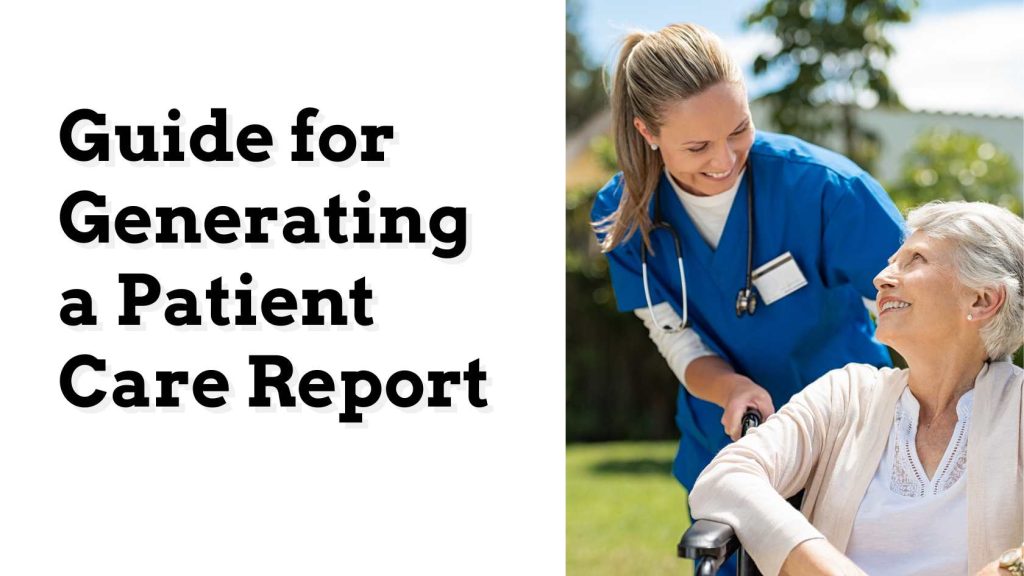- Oak Brook:(630) 705-9999
- Chicago:(312) 920-8822
- Email:inquiry@vervecollege.edu
- Make a Payment
- Home
- Programs
- Admission
- Resources
- ATI Entrance Exam Resources
- New E-Digital Library
- Refer a Friend
- School Newsletter
- Events
- Employers
- Job-Network
- Alpha Beta Kappa Candidates
- Verve College Library
- Graduation and Pinning Ceremony Photo Galleries
- Textbook Information
- Career Services
- Tutoring
- School Catalog
- FAQ
- Constitution Day Program
- Alumni
- Verve College Plans
- Financial Aid
- HEERF Reporting
- Satisfactory Academic Progress
- Apply For Financial Aid
- Net Price Calculator
- Return of Title IV Funds (R2T4)
- Financial Aid Office Code of Conduct
- Contact
- FAQs
- Verification Policy
- Vaccination Policy
- Student Right-to-Know Act
- Misrepresentation
- Information Security Program
- Academic Award Year
- Availability of Employee
- Cost of Attendance
- Health & Safety Exemption Requirement
- Students Rights and Responsibilities
- Leave of Absence
- Pell Formula
- Military Students
- Grants/ Scholarship Policy
- Contact Us
- Testimonials
- Blog
Is a Nursing Career Right For You?
Take The Free Quiz
Step-by-Step Guide for Generating a Patient Care Report
Step-by-Step Guide for Generating a Patient Care Report
As EMS providers, we must be meticulous in our documentation. It is an integral part of patient care. patient care reports (PCRs) are the critical documentation pieces to create clinical legal records for patient interaction.
Some EMS providers do not pay enough attention to documentation. We are finding that Medicare and other payers are denying more claims because the PCR did not provide sufficient information to allow reviewers to determine if a transport met the criteria for reimbursement.
The field provider should not determine whether a transport meets the medical necessity requirements. This is the job of certified ambulance coders or billing professionals who are familiar with the specific needs of each payer. Best nursing colleges in Illinois provide training, long-term care, and evidence-based practice to vocational nurses that mirror what students can gain at community colleges. These minimum requirements can be very different. Here are six tips to ensure your clinical documentation is at its highest level.
Related:- Step-by-Step Guide: Abdominal Assessment in Nursing
- Document the dispatch details. It is essential to document the dispatch information. Too many PCRs have no dispatch information or only general information such as “sick person” or “unknown issue”. Call takers need to work hard to obtain the most accurate data and relay it to the responding EMS provider so they can document the PCR in clinical settings.
- Get correct demographic information. Include the zip code and exact address of the patient’s point of pick-up as well as the destination. This information is vital to billing and can affect mileage calculations. Correctly spelling the patient’s name is essential since a single incorrect letter could delay the payment claim submission. Try to get insurance information if time and patient condition allow.
- Complete a narrative statement. There is no substitute for a straightforward, concise, and descriptive narrative that details the patient’s complaint and history, as well as their assessment and treatment provided by a healthcare team. This is true despite the recent advances in electronic PCR software. Insurance claim reviewers are practical nurses or health care teams familiar with reading notes, histories, and physicals.
- Document mileage accurately. The majority of insurers only pay for “patient-loaded mileage,” and they are demanding more detail. For example, the documentation must be accurate to the tenth mile. Use accurate odometers. Some insurers will accept mileage data from web-based apps, but many prefer onboard measurements.
- Both crew members must review and sign the PCR. You can still be involved with the patient even if you are not in the ambulance. Anyone interested in the patient’s care should sign it legibly. All providers should review the electronic patient care report, even if there is a primary patient care provider. To learn basic critical thinking skills, then must go with accredited LPN programs (practical nursing program) in Chicago.
- Sign the form. The majority of payers, including Medicare, require the patient to sign an “assignment form” that assigns the payment for ambulance services to your agency in a variety of health care settings. Only when a patient is physically or psychologically incapable of signing should a representative sign the form. The majority of ambulance transports and 9-1-1 calls are not life-threatening. Most patients can sign the form if asked. Your EMS agency can save time and money by obtaining patients’ signatures in the ambulance.
Want to Make a Career in Nursing? Get More Information About Our Courses!
Always be honest when documenting patient care. Never make up or misrepresent a patient’s condition. A well-documented patient care record is only good if it can be read by someone who can visualize the patient as if they were with the provider at clinical sites to check vital signs. To gain comprehensive knowledge about healthcare providers’ clinical skills, then go to licensed practical nursing schools in Illinois.
 Sign up
Sign up Login
Login




